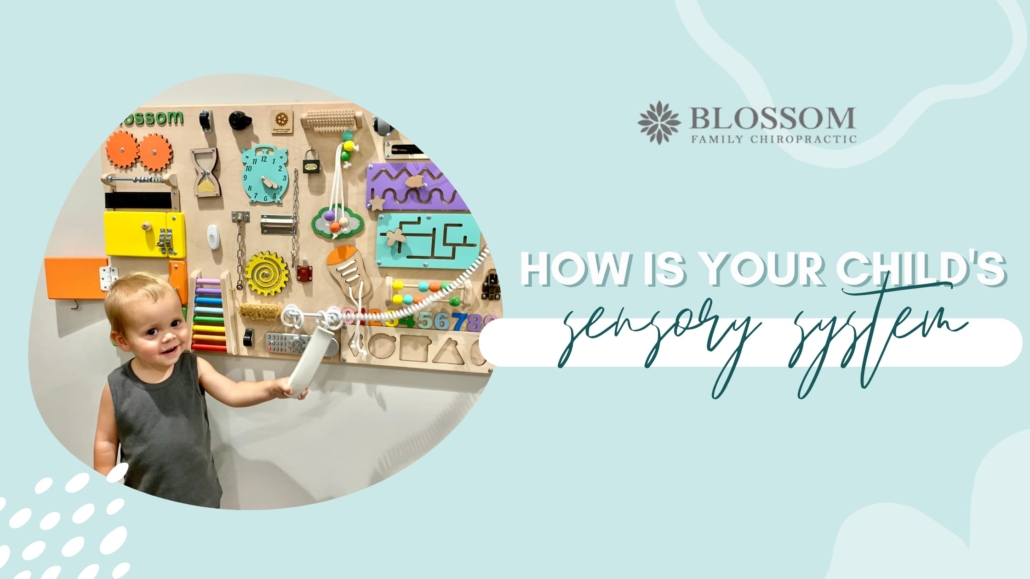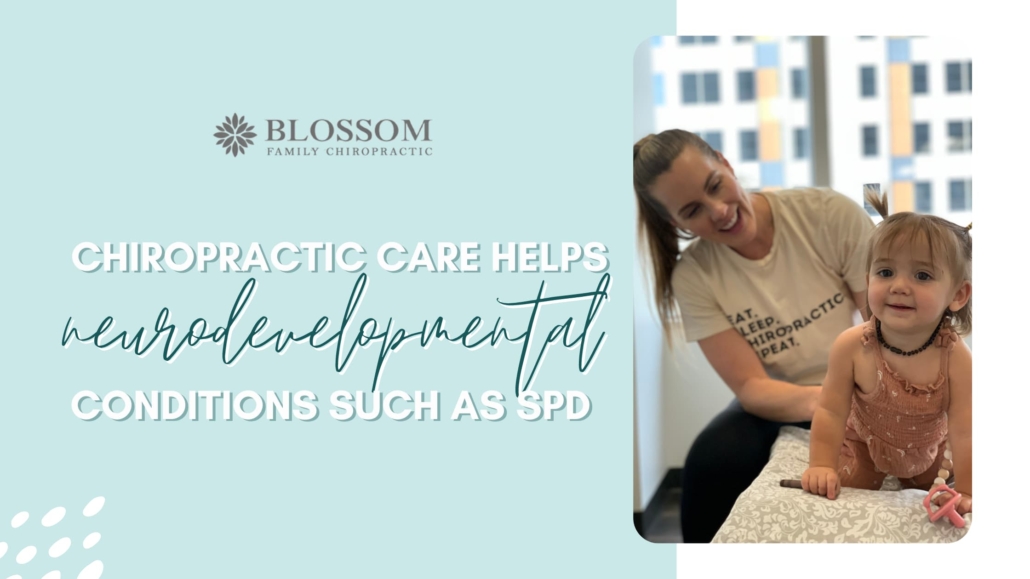Can chiropractic care help with Sensory Processing issues?
Have you noticed your child seems extra clumsy? Do they freak out about certain clothes? Do they react negatively to loud noise and bright lights? It’s not unusual for your child to be sensitive from time to time, but if these behaviors impact your child’s life at home, school and the world, your child may exhibit signs of sensory processing disorder (SPD). You may be wondering, what is SPD, how to identify it and if there is any way to manage it. Here is what you need to know about SPD.
What is sensory processing disorder?
Sensory Processing Disorder (SPD) in simple terms is a misinterpretation of sensory information. Sensory information includes things you see, hear, smell, taste, or touch. SPD can affect all of your senses, or just one. Children with sensory disorders are incapable of processing, integrating, coordinating, and adapting to their sensory environment optimally. Many children with sensory processing disorders can become overwhelmed, anxious, and stressed.
Living with SPD can be hard. Parents of children with SPD can feel alone. They may avoid taking their child out in public to avoid sensory overload. Parents may also feel like they need to make excuses for their child’s behavior. The parents may be in a constant battle to figure out how to help their children in settings that change daily.
What can you look for to know if your child has a Sensory Processing Disorder?
Symptoms of sensory processing disorder are hard to identify because they are so diverse. They can range from hypersensitivity or being overly sensitive to sounds, textures, tastes, smells, sights, and feelings.
Here are a few common symptoms to look out for:
- Dislikes foods with certain textures
- Is clumsy or constantly bumps into walls or objects
- Is constantly in motion
- Running away from things they do not like
- Difficulty transitioning from one activity to another
- Not handling things such as loud noises, being dirty, getting wet, wearing structured clothing, bright light, crowded spaces, walking barefoot
- Often struggles with speech
- Is excessively cautious and afraid to try new things
- Difficulty learning new things
Having these symptoms can make a child feel different from his peers, which may lead to social isolation, frustration, tantrums, and other behavior problems.
Help Sensory Processing Disorder with Chiropractic Care
Children with SPD have a difficult time adapting to the environment. The nervous system is what controls how we process our environment. Its function is to respond and adapt to internal and external environments. Any stress in the nervous system hinders the processing and flow of information.
When a child is overly stressed, their body remains in a fight/flight mode. If a child stays in fight or flight mode, they can’t handle everyday stressors and they continue to be overstimulated. Chiropractic adjustments can help ease neural stress and allow better brain and body functioning and may greatly help neurodevelopmental conditions such as SPD. As a result, children with sensory challenges are able to adapt to their world and process it better because their nervous system is able to communicate with their brains. Many sensory-challenged children enjoy the adjustments, as touch is calming and gets better input into the nervous system.
Conclusion
At Blossom Family Chiropractic, our goal is to keep your kiddo’s nervous system balanced and favor “rest and digest” so that they are not fighting their way through big feelings. By measuring the difference in temperature between the two sides of the base of their skull, we’re able to get some key clues about how their nervous system is functioning.
As one of St. Petersburg’s top pediatric chiropractors, we’re always striving to provide you and your kids with the best care and experience. If you are in the Tampa or St. Pete area and are looking for a pediatric chiropractor, contact us to schedule an appointment to see how we can help your kiddos!





